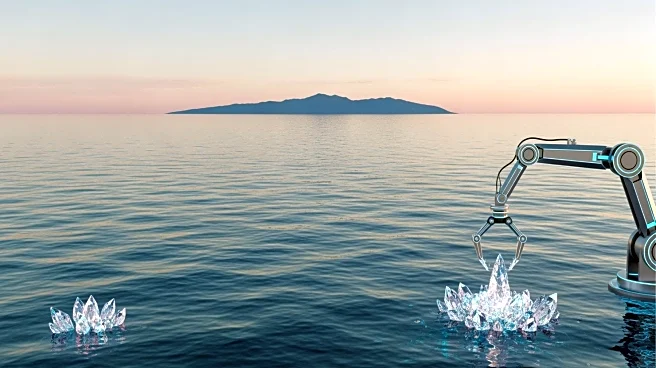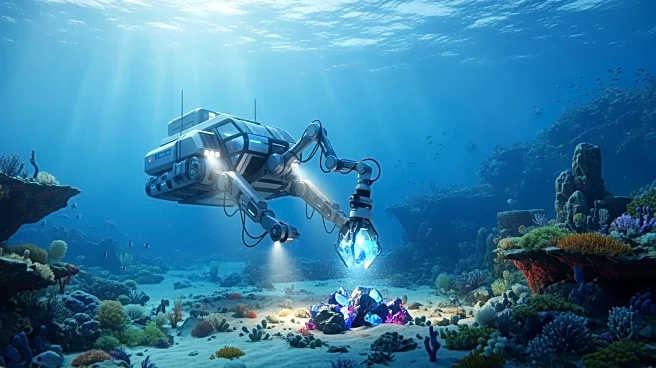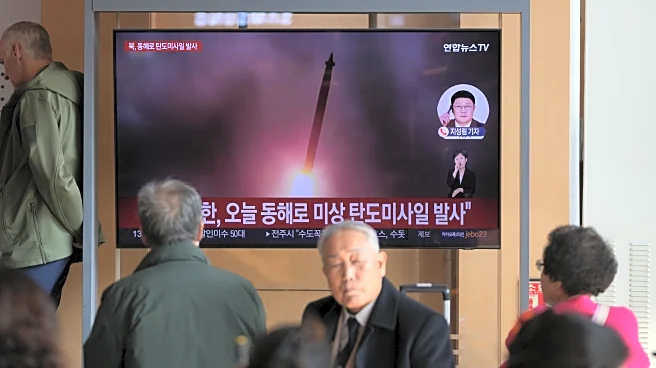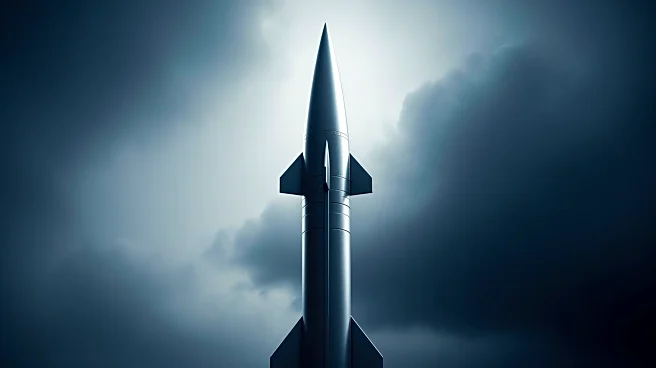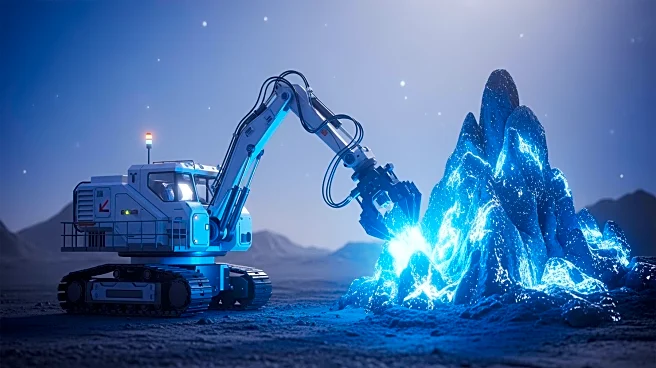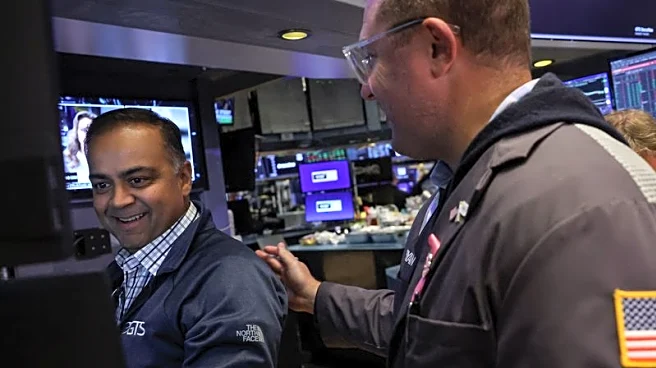What's Happening?
Japan and the United States are set to jointly explore rare earth mining near Minamitori Island in the Pacific Ocean. Japanese Prime Minister Sanae Takaichi announced the collaboration following discussions
with President Trump. The initiative aims to reduce reliance on China's dominance in the rare earth sector. Japan plans to test the feasibility of extracting rare earth mud from depths of 6,000 meters starting in January. The project is part of Japan's broader strategy to enhance maritime and economic security, with surveys confirming the presence of rich rare earth mud within Japan's exclusive economic zone.
Why It's Important?
The collaboration between Japan and the US on rare earth mining is significant as it addresses the strategic need to diversify sources of rare earth minerals, which are crucial for various industries, including electronics and defense. By reducing dependency on China, the initiative could stabilize supply chains and enhance national security for both countries. The project also represents a step towards strengthening bilateral relations and economic cooperation between Japan and the US, potentially influencing global trade dynamics in the rare earth sector.
What's Next?
If initial tests are successful, Japan plans to start trial operations in January 2027, using a system capable of recovering 350 tonnes of mud per day. This development could lead to increased production capacity and further exploration of rare earth resources in the region. The collaboration may prompt other countries to seek similar partnerships to secure their own rare earth supplies, potentially reshaping the global market landscape.
Beyond the Headlines
The exploration of rare earth minerals near Minamitori Island raises environmental and ethical considerations, particularly regarding deep-sea mining's impact on marine ecosystems. As the project progresses, stakeholders will need to address these concerns and implement sustainable practices to minimize ecological disruption.
